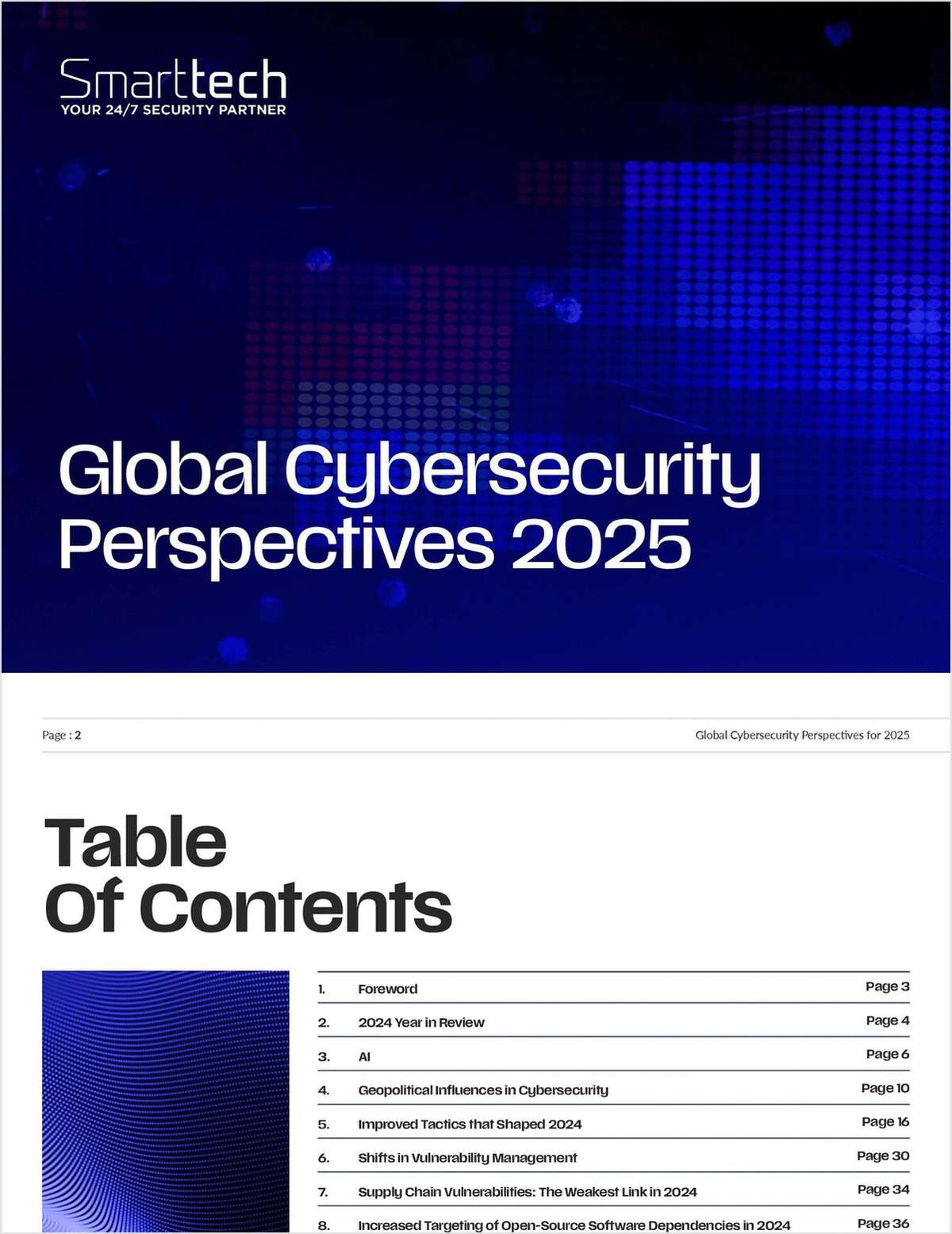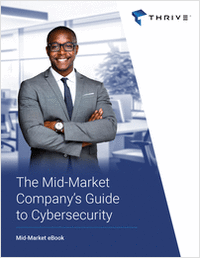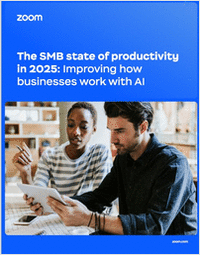Request Your Free Research Report Now:
"Global Cybersecurity Perspectives"
Stay ahead of cyber threats with strategic insight. Global Cybersecurity Perspectives 2025 brings together frontline intelligence, real-world case studies, and emerging trends--from AI-driven attacks to geopolitical risk, OT threats, and post-quantum readiness. A must-read for CISOs, risk leaders, and security professionals shaping tomorrow’s defenses.
2024 showed just how much ground defenders are losing. Threat actors no longer need custom tooling or specialist skills to launch precision attacks. They now use off-the-shelf AI, automated reconnaissance, and prebuilt malware kits bought from marketplaces that operate more like tech startups than underground forums. Deepfake impersonation, multi-stage phishing, and ransomware-as-a-service are no longer limited to high-value targets—they're becoming the norm.
At the same time, internal risks have multiplied. Many organizations deployed AI tools like CoPilot or ChatGPT without clear policies or controls. Sensitive data was entered, processed, and lost to external systems that no security team had visibility into. Shadow AI deployments crept into environments with no oversight. Regulatory frameworks are catching up fast, but most businesses aren’t ready. When AI intersects with unclassified data, weak governance, and human error, the outcome is predictable: accidental data leaks, policy violations, and legal exposure.
AI also reshaped attack strategies. In 2024, ransomware groups used machine learning to prioritize targets, generate payloads, and even negotiate ransoms via automated agents. Spear phishing attacks were crafted with personalized language and credible context. And AI-generated video deepfakes were used to manipulate employees into authorizing large financial transfers, including a $25 million case in Hong Kong. These aren’t theoretical risks—they’re operational failures playing out in real time.
Cybercrime is now a service. It’s modular, affordable, and accessible to low-skill actors. Tools once reserved for advanced persistent threats are now monetized and distributed to affiliates. Organizations need to stop assuming their size or sector offers protection. The entry barriers are gone. If your data has value, you’re a target.
Geopolitical tensions only added fuel. Cyber operations linked to China, Russia, Iran, and North Korea targeted elections, infrastructure, and supply chains. Disinformation campaigns leveraged AI-generated content to undermine trust in public institutions. Remote workers were compromised. VPNs were exploited. Insider threats took on new forms, including North Korean operatives posing as IT contractors to gain privileged access. These campaigns weren’t opportunistic. They were coordinated, persistent, and in some cases, state-sponsored.
Phishing methods also advanced. Attackers used trusted platforms like SharePoint and Microsoft Teams to bypass filters. QR code phishing emerged as a workaround for email security tools. Business Email Compromise became harder to detect as attackers mimicked tone, language, and context with near-perfect accuracy. MFA bypass through adversary-in-the-middle techniques was increasingly common. The traditional email warning banners and awareness training were no match.
Supply chain risk moved from theory to crisis. The CDK Global ransomware attack took thousands of car dealerships offline. A compromised npm package targeted crypto wallets via a popular JavaScript library. The Snowflake breach showed how one provider’s lapse could expose dozens of downstream clients. Even trusted vendors introduced instability: a flawed CrowdStrike update caused outages across critical sectors. These examples showed the scale of exposure hidden in third-party tools, updates, and services.
Operational Technology (OT) attacks increased too. Hacktivists and state-backed groups targeted water systems, dynamic signage providers, and IP cameras. Iranian APTs used fake IT companies to breach OT-connected devices across Europe. American Water had to take systems offline. These aren’t proof-of-concept attacks—they’re real disruptions with real consequences. The convergence of IT and OT continues to create weak points most organizations aren’t prepared to defend.
Vulnerability management is still lagging. Many teams focused on patch volume, not real-world risk. Meanwhile, attackers shifted to timing-based exploits, cache poisoning, and downgrade attacks like the Windows Downdate technique. The XZ Utils backdoor exposed how threat actors can build long-term access into critical open-source tools. The regreSSHion vulnerability showed how remote code execution risks can remain undetected in millions of exposed systems. Traditional scanning models no longer reflect actual threat exposure.
The shift from reactive to proactive defense is happening, but slowly. Organizations are investing more in AI-powered detection, threat intelligence integration, and zero trust models. But piecemeal solutions and fragmented tooling still dominate. What’s needed is a unified approach: layered defenses, simplified operations, and stronger alignment between security, IT, and business priorities.
2025 will require a pivot. CISOs must balance innovation and risk, especially as AI becomes embedded in every workflow. AI governance, data classification, and access controls are no longer optional. Boards and regulators expect visibility and accountability. The technical debt from rapid transformation during the pandemic years is now coming due.
This report highlights what matters most:
- This report helps leaders focus on what matters:
- Where AI is accelerating both attack capability and internal risk
- How ransomware operators are automating at scale
- Why phishing and BEC now evade traditional controls
- What geopolitical shifts mean for enterprise security
- How supply chain and vendor risks are escalating
- What practical zero trust and post-quantum readiness look like
Security leaders can’t afford to wait. This year’s report brings together what our analysts, partners, and clients are seeing in real operations across sectors. It doesn’t offer easy fixes—but it does offer clarity.
This is the year to get sharper. Faster. More aligned.
If 2024 was a warning shot, 2025 is your chance to respond.
Offered Free by: Smarttech247
See All Resources from: Smarttech247
Thank you
This download should complete shortly. If the resource doesn't automatically download, please, click here.
Thank you
This download should complete shortly. If the resource doesn't automatically download, please, click here.
Thank you
This download should complete shortly. If the resource doesn't automatically download, please, click here.






